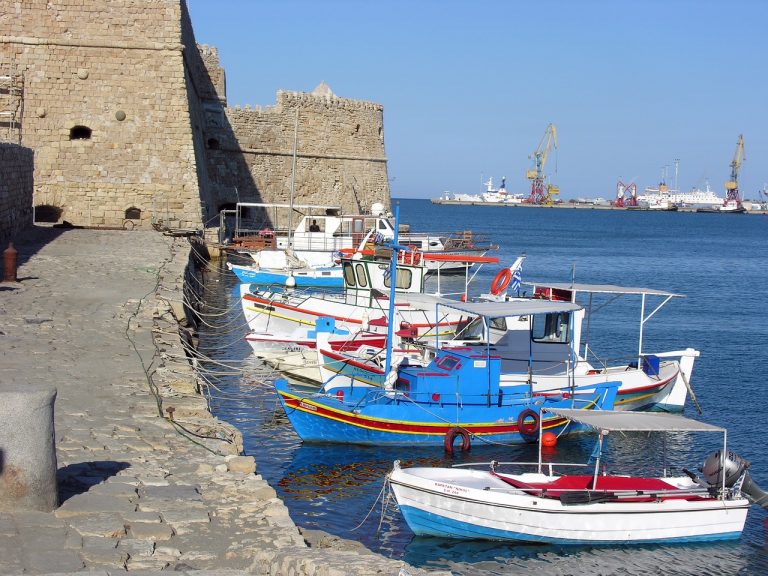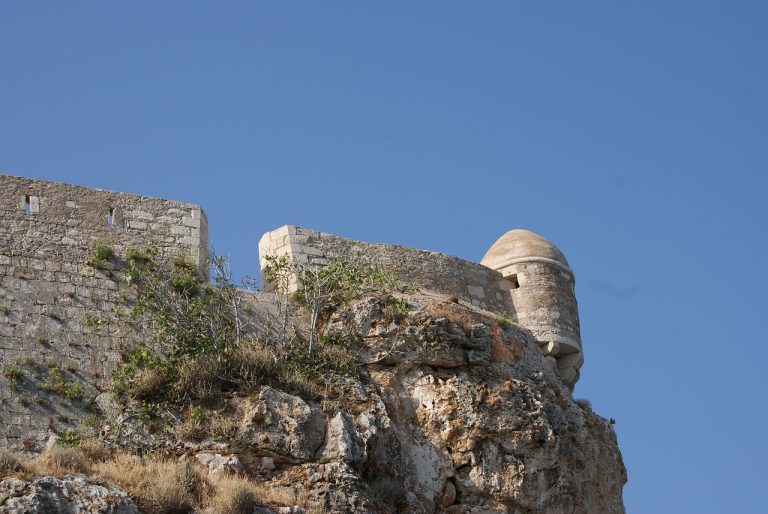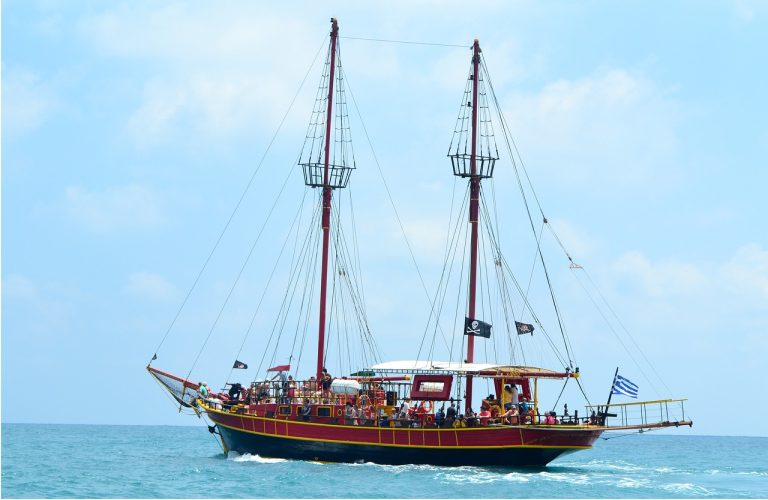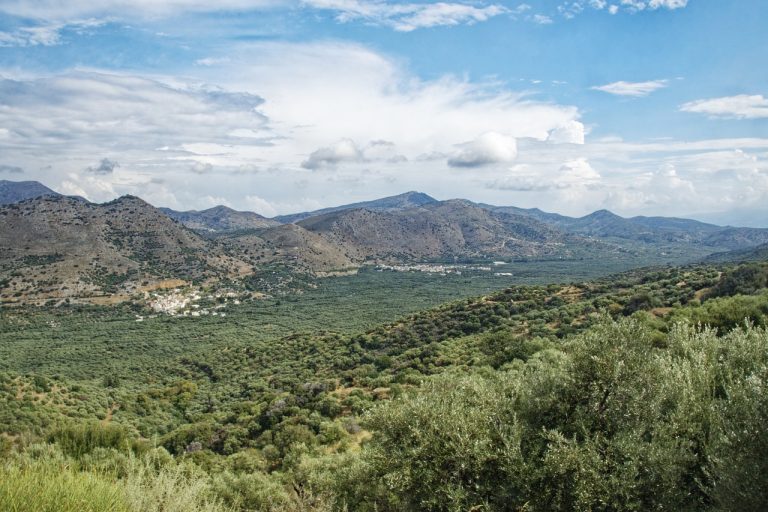Heraklion Greece Video
Local Myths and Legends of Heraklion Greece
Heraklion, the capital city of the Greek island of Crete, is steeped in history and mythology. From ancient civilizations to legendary creatures, the local myths and legends of Heraklion add a touch of enchantment to the city’s already captivating charm. Let’s explore some of the fascinating stories that have been passed down through generations.
The Legend of the Minotaur
- Minotaur: The half-man, half-bull creature born from the union of King Minos’ wife Pasiphae and a bull.
The most famous myth associated with Heraklion is the legend of the Minotaur. As the story goes, King Minos of Crete demanded that Athens send seven young men and seven young women every nine years as a sacrifice to the Minotaur, who resided in the labyrinth beneath the palace of Knossos. Theseus, an Athenian hero, volunteered to be one of the sacrifices and successfully defeated the Minotaur with the help of Ariadne, King Minos’ daughter.
The Birth of Zeus
- Zeus: The king of the gods and ruler of Mount Olympus.
According to Greek mythology, Zeus, the mighty ruler of the gods, was born in a cave on Mount Dikte in Crete. His mother, Rhea, sought refuge in the cave to hide from his father, Cronus, who had a habit of devouring his own children. The cave, known as the Dikteon Cave, is located near Heraklion and is said to be the birthplace of Zeus.
The Legend of Talos
- Talos: A giant bronze automaton created by Hephaestus, the god of fire and craftsmanship.
Legend has it that Talos, a giant automaton made of bronze, protected the island of Crete from invaders. Talos would patrol the shores of Crete, hurling boulders at any approaching ships. However, his one weakness was a single vein that ran from his neck to his ankle. When Jason and the Argonauts visited Crete during their quest for the Golden Fleece, Medea, a sorceress, used her magic to remove a bolt from Talos’ ankle, causing him to bleed out and perish.
The Curse of King Minos
- King Minos: The legendary king of Crete and ruler of Knossos.
King Minos, known for his wisdom and cunning, was said to have been cursed by Poseidon, the god of the sea. The curse caused Minos’ wife, Pasiphae, to fall in love with a bull, resulting in the birth of the Minotaur. The curse extended to the people of Crete, who suffered from famine and plague. It was only after Minos’ death that the curse was lifted, and peace returned to the island.
The Legend of the Kouretes
- Kouretes: Mythical warriors and protectors of the infant Zeus.
The Kouretes were a group of mythical warriors who protected the infant Zeus from his father, Cronus. They would dance and make loud noises to drown out the cries of baby Zeus, ensuring that Cronus could not find him. These dances became known as the Kouretic dances and were an integral part of religious rituals in ancient Crete.
Heraklion Greece Image 1: 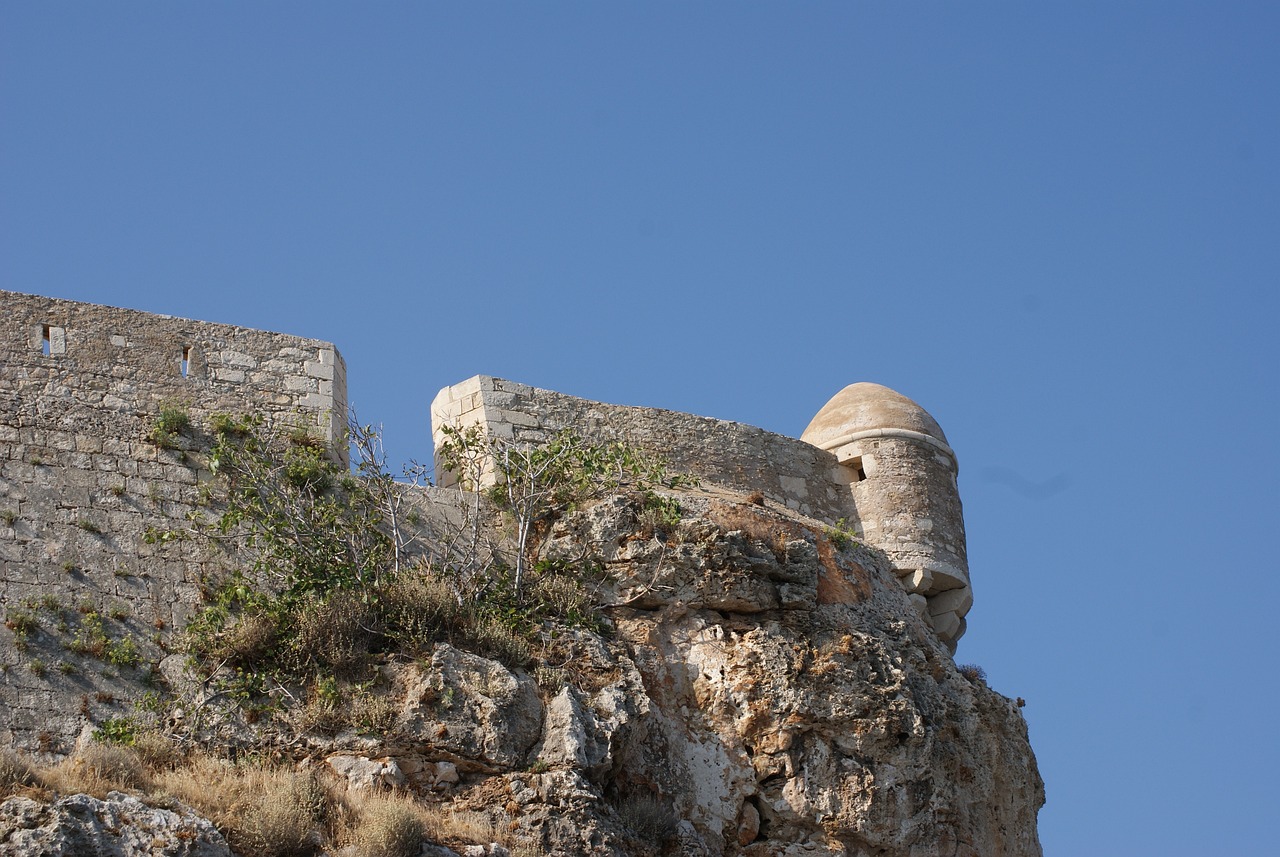
The Legend of the Gortyn Code
- Gortyn Code: An ancient legal code inscribed on a stone in Gortyn, Crete.
In the ancient city of Gortyn, located close to Heraklion, lies the remains of a stone inscribed with the Gortyn Code. This ancient legal code is one of the oldest and most extensive in existence and provides valuable insights into the legal system of ancient Crete. The code covers various aspects of life, including family law, property rights, and criminal offenses.
The Legend of the Sirens
- Sirens: Enchanting creatures who lured sailors to their doom with their mesmerizing voices.
The island of Crete, including the region around Heraklion, is believed to be the home of the Sirens, enchanting creatures from Greek mythology. The Sirens would sing beautiful melodies that lured sailors towards their rocky shores, causing their ships to crash. The hero Odysseus famously encountered the Sirens during his journey home from the Trojan War and survived their seductive allure by having his men tie him to the mast of his ship.
The Legend of the Labyrinth
- Labyrinth: A complex maze constructed to imprison the Minotaur.
The labyrinth, an elaborate maze constructed by Daedalus, was designed to confine the Minotaur. This legendary structure is often associated with the Palace of Knossos, located near Heraklion. It is believed that the labyrinth was so intricate that anyone who entered would become lost and unable to find their way out. Theseus, with the help of Ariadne’s thread, managed to navigate the labyrinth and defeat the Minotaur.
Heraklion Greece Image 2: 
The Legend of Mount Ida
- Mount Ida: A mountain in Crete associated with various mythological figures.
Mount Ida, located in central Crete, holds great significance in Greek mythology. It is said to be the birthplace of Zeus and the location where he was raised by the nymphs. The mountain is also associated with the birth of the god Dionysus, who was born to Zeus and the mortal princess Semele. Mount Ida is a place of natural beauty and is often visited by hikers and nature enthusiasts.
The Legend of the Kallikantzaroi
- Kallikantzaroi: Mischievous goblins who emerge during the Twelve Days of Christmas.
The Kallikantzaroi are mythical creatures that are believed to live underground and only emerge during the Twelve Days of Christmas. According to local folklore, these mischievous goblins spend most of the year trying to cut down the World Tree, which holds the earth together. However, their efforts are always in vain, as the tree heals itself overnight. The Kallikantzaroi are said to be deterred by burning a log from the previous year’s Christmas fireplace.
The Legend of the Cretan Bull
- Cretan Bull: A powerful bull that terrorized the island of Crete.
The Cretan Bull was a powerful creature that caused havoc on the island of Crete. It was captured by Hercules as one of his twelve labors. The bull was known for its incredible strength and ferocity but was eventually subdued by Hercules and brought back to the mainland. The legend of the Cretan Bull is a testament to the incredible feats of strength and bravery associated with Hercules.
Heraklion Greece Image 3: 
These are just a few of the captivating myths and legends that surround the city of Heraklion. Exploring the rich tapestry of Greek mythology adds an extra layer of wonder to the already vibrant history and culture found in this beautiful city.
References:
- petitpalace.co.uk
- crete-kreta.com
- ancient.eu
- gtp.gr



